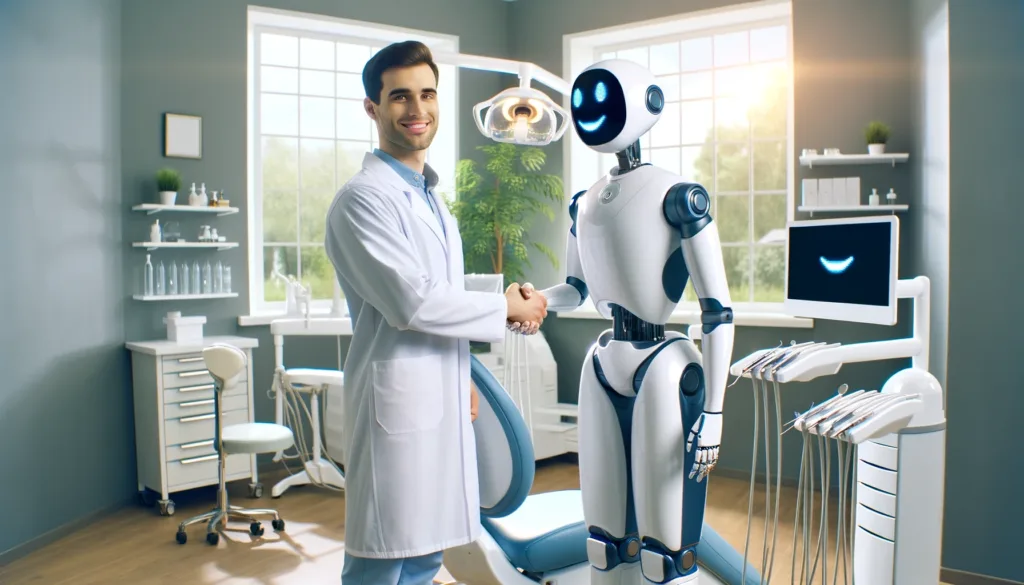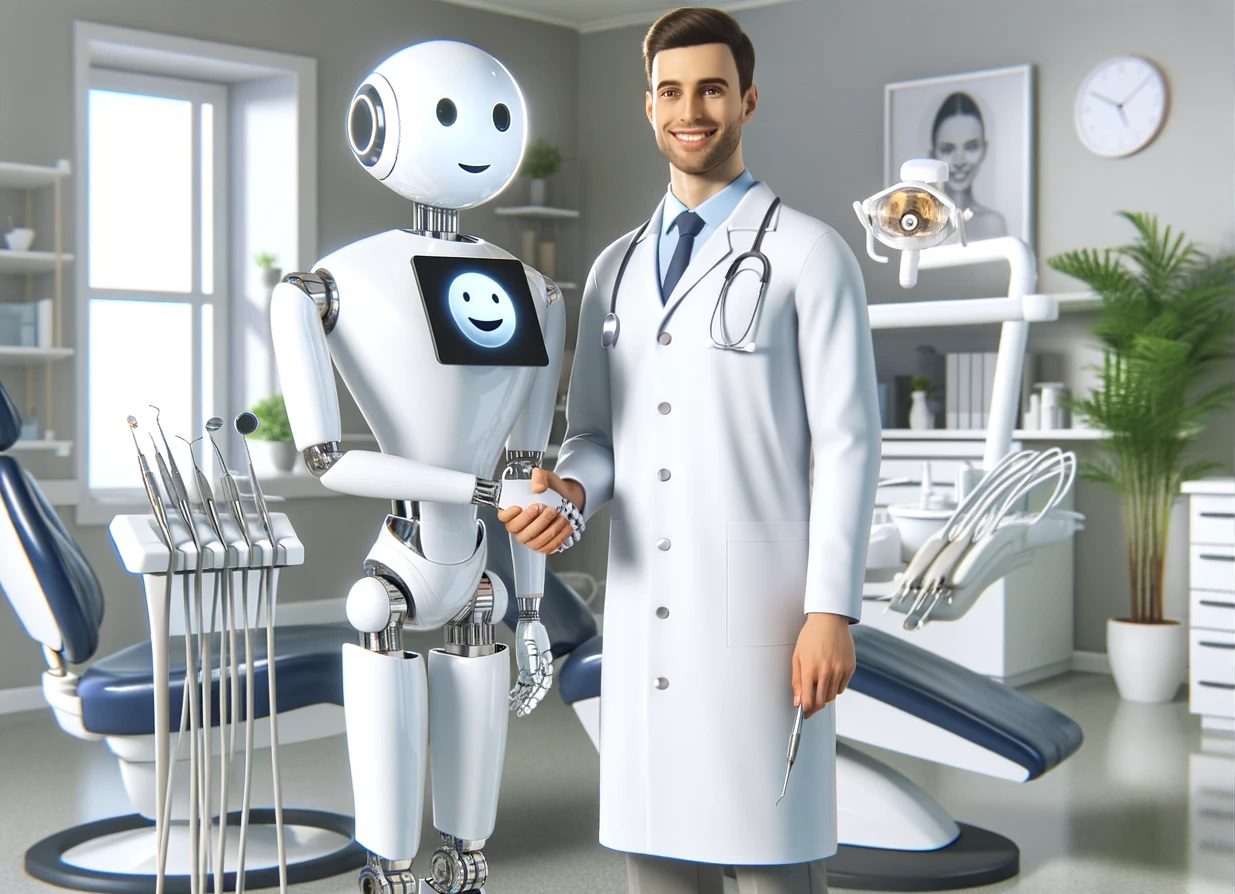Table Of Content
The integration of Artificial Intelligence (AI) into dentistry is transforming the landscape of patient care and clinical efficiency, providing practitioners with tools to augment their expertise and offer unparalleled healthcare experiences. As a profession dedicated to the forefront of technological advancement, dentistry is now embracing AI not as a replacement for the dentist’s touch but as a powerful ally to enhance our diagnostic and treatment capabilities.
The Foundation of AI in Dentistry: ANNs and CNNs
At the heart of AI in dentistry lie two critical technologies: Artificial Neural Networks (ANNs) and Convolutional Neural Networks (CNNs). ANNs, inspired by the human brain’s neural networks, excel in recognizing complex patterns within datasets. This capability is invaluable in dentistry for tasks such as accurately determining tooth length and anatomy. Meanwhile, CNNs specialize in analyzing visual imagery, making them indispensable for dental radiology by enabling the precise identification of issues like tooth caries from X-ray images.
Five Ways AI is Shaping the Future of Dental Care
For dentists that work in advanced dental studios I have listed below 5 opportunities for AI-Enabled Tools:
- AI in Radiology: AI, particularly through CNNs, has demonstrated superior accuracy in identifying dental caries in radiographic images, surpassing traditional methods reliant on visual inspection and tactile examination. This precision not only aids in diagnosis but also enhances patient confidence in their treatment plans, as evidenced by a significant uptick in case acceptance rates when AI annotations are used to illustrate X-ray findings.
- AI in Oral Pathology: The early detection of oral lesions is crucial for patient outcomes. AI-powered tools are now able to identify tumoral tissues with accuracy comparable to that of specialized clinicians but at a fraction of the time. This rapid diagnosis capability promises to greatly improve the efficiency of detecting and treating oral cancers.
- Natural Language Processing (NLP) in Dentistry: The advent of NLP technologies has introduced voice-activated systems to dental practices, streamlining the imaging process and reducing the time patients spend in the chair. By enabling hands-free operation of imaging software, NLP also contributes to a more hygienic clinical environment.
- AI-Assisted Orthodontics: AI technologies, particularly ANNs, are now being used to optimize orthodontic treatment planning. From determining the necessity of tooth extractions to predicting the most effective alignment paths, AI aids in reducing the trial and error associated with traditional methods, leading to enhanced treatment outcomes and patient satisfaction.
- AI in Endodontics: In endodontics, CNNs and ANNs play a pivotal role in diagnosing and planning treatment by analyzing CBCT imaging to reveal hidden structures and assess tissue viability. This deep learning approach allows for more accurate determinations of root anatomy and treatment predictability, enhancing the success rates of endodontic procedures.

The Future is AI: Embracing Technology for Brighter Dental Clinics
As we look to the future, the potential for AI in dentistry is boundless. From improving diagnostic accuracy to enhancing patient engagement and treatment outcomes, AI technologies are set to revolutionize every aspect of dental practice. As dental professionals, it’s essential to stay abreast of these advancements and consider integrating AI-powered solutions into our practices. The journey towards AI-enhanced dentistry is just beginning, promising a future where technology and healthcare converge to deliver the best possible care to our patients.

